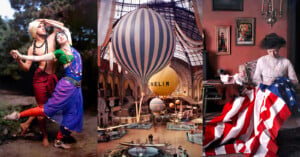
Old Photographs Brought to Life With the Latest Colorization Techniques
Photographs taken over 100 years ago can appear like a foreign country, but the people in those photos did not experience the world in black and white.

Photographs taken over 100 years ago can appear like a foreign country, but the people in those photos did not experience the world in black and white.

Colorize Bot is an incredible Twitter tool that transforms black and white photos into color using artificial intelligence (AI).
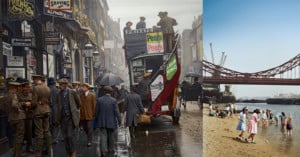
London was founded by the Romans in the first century A.D. and is one of the most storied cities in the world. A new book of colorized photos breathes fresh life into the city's history.
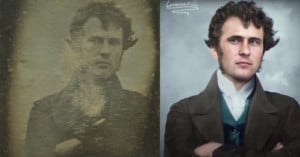
A fascinating video made by Mystery Scoop has brought to life old Victorian-era portraits by using the latest technology in artificial intelligence (AI).
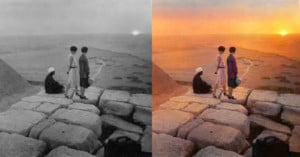
A new artificial intelligence-powered web-based tool called Palette is able to take any black and white photo and colorize it. The creator is so confident in the results that he is billing it "the DALL-E of color."
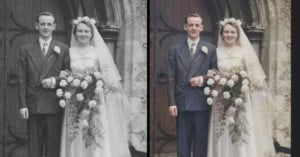
Ancestry, the largest for-profit genealogy website on the planet, has integrated an automatic colorization feature that it says lets users bring make black and white photos more lifelike.
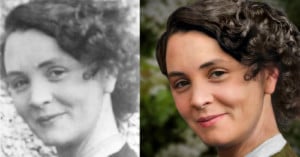
An anonymous digital artist is creating impressive transformations of old black-and-white photos, reimagining them as enhanced and colorized portraits that look as though they were shot in the modern-day.
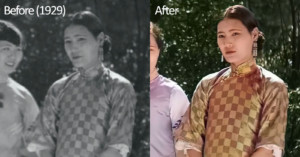
Using an open-source AI-colorization technique, Glamourdaze has restored early 20th-century footage to add color and relatability allowing viewers to travel back in time and look at hundred-year-old clips through a modern perspective.
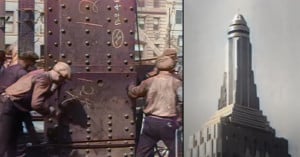
A historic film restoration editor has compiled, repaired, and colorized 22-minutes of nearly century-old footage that shows the construction of the Empire State Building.

Video restoration expert NASS colorized and enhanced footage from nearly a century ago to create this 7-minute video that reveals what downtown Los Angeles looked like in the 1930s.

A growing trend among retouchers and editors in the last few years has been to repair vintage photographs that have faded and been damaged over time. In addition to this restoration work, "colorizing" vintage photographs has been experiencing explosive growth. Adobe's "Colorize" Neural Filter now makes the job easier than ever.
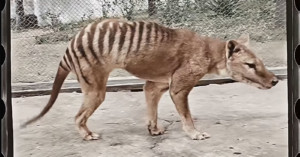
A newly digitized and colorized newsreel from 1933 is providing the world with a fascinating new look at the Tasmanian Tiger, an animal that has been extinct since 1936.
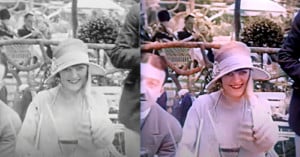
Travel back in time to Paris during the roaring '20s featuring flappers, bobbed hair, and cloche hats in this short 2-minute archival video colorized by Glamourdaze. The video was created using artificial intelligence to restore the footage and add color.
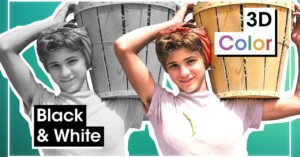
Photo colorizer and restorer Hint of Time has shared an 8-minute video where he shows his process for not only colorizing an 80-year-old black and white photo, but also brings it to life with subtle animation.
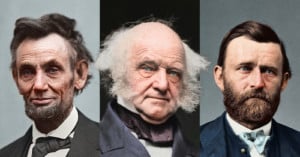
I’ve been restoring and also coloring historical photographs for a little over two years. Towards the end of last year, I received a request to work on an image of Abraham Lincoln. Little did I know, this request would change the direction of my work forever.
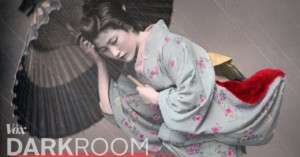
When you see the term "colorized photo" you probably imagine skilled retouchers working in Photoshop, or perhaps a machine learning algorithm that does that same work automatically. But the original colorized photos were hand-painted prints made from glass plate negatives. And, as Vox explains, the best of these images came out of Japan.
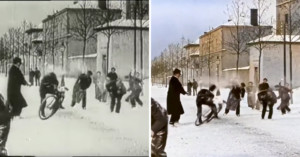
Just a few days before multiple historians went on the record with WIRED to explain why people shouldn't be colorizing old footage and photos, yet another video that does exactly that went viral online. This time, the subject was the iconic film 'Bataille de boules de neige' from 1886.
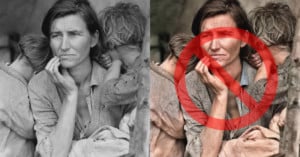
Colorizing and updating photos and footage from the past is becoming more common and much easier thanks to the advancements of AI. We've shared stories and images of colorized images and videos many times over the past decade, and colorists say it is designed to bring the past forward for a modern audience. However, there are some historians who believe the process is doing more harm than good.
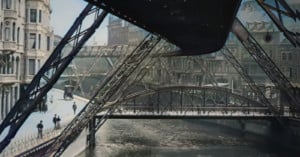
Here's a fascinating 4-minute video that offers a tiny window into what life in one German town was like back in 1902.
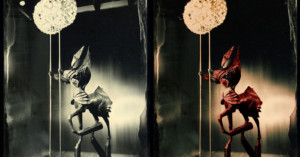
Fine art photographer Borut Peterlin was recently commissioned to shoot some ambrotypes by costume designer Alan Hranitelj, but he went a few steps beyond your standard wet plate collodion photography. In addition to shooting some beautiful multiple-exposures, he also decided to colorize the scans, creating striking photographs the likes of which we've not seen before.
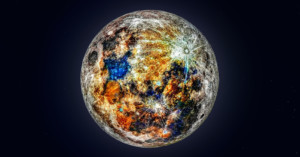
Sacramento-based astrophotography enthusiast Andrew McCarthy extracted color data from 150,000 photos of the moon to create this enhanced photo showing all the different splashes of color on the surface left by impacts of different minerals.
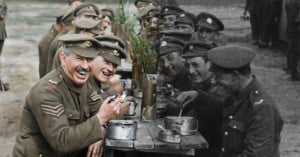
Lord of the Rings director Peter Jackson is out with a new highly-acclaimed World War I documentary titled They Shall Not Grow Old. Here's a 5-minute look at how Jackson colorized 100-year-old footage to give the world a fresh look at the Great War.
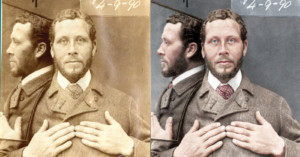
I’m Nick Harris, a photo restorer and colourizer at Photo Restoration Services. I take immense pride in my work and the preservation of memories for future generations. I’d love to share a recent project of mine, of colorized Victorian prisoner mugshots.
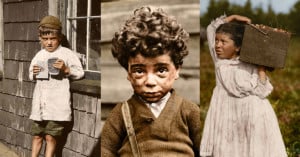
Photographer Lewis Wickes Hine once said: "There is work that profits children, and there is work that brings profit only to employers. The object of employing children is not to train them, but to get high profits from their work."
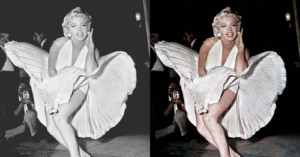
Digital colorizations of historical photos have gotten quite a bit of attention in recent years. Retrographic is a new photo book that brings this concept to physical pages. It's a collection of some of the world's most well-known black-and-white historical photos transformed into living color.
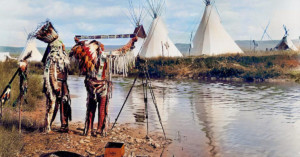
Here's a beautiful photo from over 100 years ago that shows two Native Americans looking at a strip of photographic film against the sky. It's a black-and-white photo that was colorized by colorization artist Jecinci.

Every 53 days, NASA's Juno spacecraft flies close to Jupiter and travels from the giant gas planet's north pole to and past its south pole, shooting photos along the way. The eye-opening 2-minute video above was created using a set of these still photos.
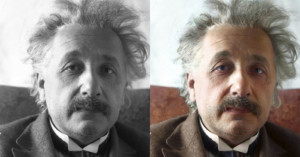
Marina Amaral is a 21-year-old Brazilian retoucher who is receiving widespread acclaim for her work adding color to famous historical B&W photos.
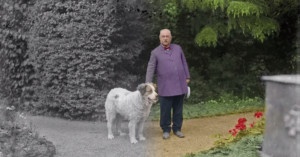
Accurately colorizing a photo usually takes hours upon hours of research followed by the same in Photoshop. But now, thanks to fancy new neural network technology, you can do an amazing job in no time.
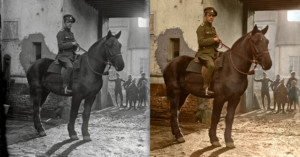
In 2011 a team of researchers led by Australian journalist Ross Coulthart made an incredible discovery when they uncovered a collection of hundreds of photographs from World War One.